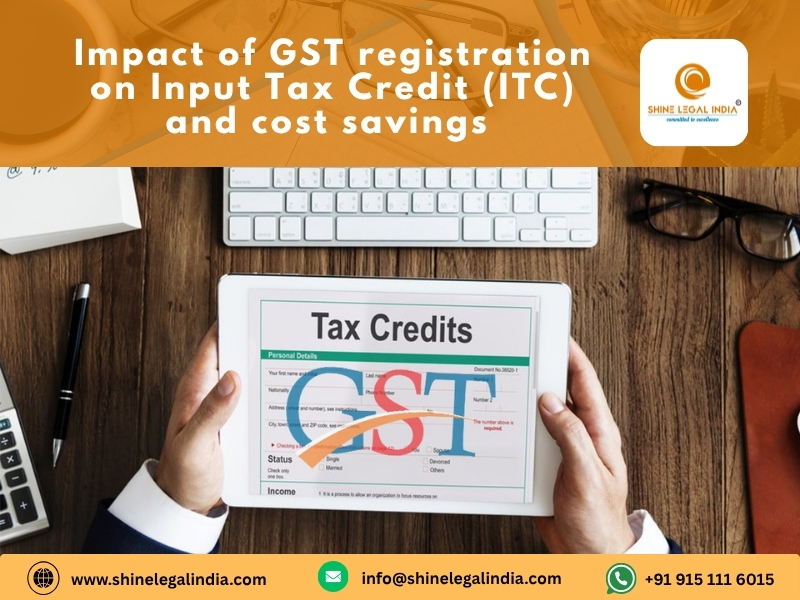

The Goods and Services Tax (GST) brought major reforms to how taxes are collected in India. One of the key features of GST is the Input Tax Credit (ITC), which allows businesses to reclaim the tax paid on the materials or services (inputs) used to produce their goods or services. This system provides several benefits, such as reducing the overall tax burden, preventing taxes from being paid multiple times, also known as tax cascading and helping businesses to save money.
The Input Tax Credit (ITC) is a system that helps businesses to avoid paying tax on tax, also known as tax cascading. The ITC is a refund or credit issued to a business for GST paid on business purchases or expenses. This credit can be used to reduce the GST that the business needs to pay on its sales. GST registration enables businesses to receive credit for tax already paid on purchases, avoiding the need to pay tax on the same amount again.
Before the implementation of Goods and Services Tax, the central government and the state government imposed separate taxes on goods and services. These included value-added tax or a tax on the sale of goods and excise duty or a tax on manufacturing. These taxes were treated separately, which meant that businesses could not use taxes paid to one government to reduce taxes owed to another. As a result, businesses ended up paying tax multiple times on the same amount. This issue has been resolved since the implementation of GST. Now, both the central and state governments apply GST together on goods and services. Since they are part of the same unified tax system businesses can use the tax paid at one stage to reduce the tax they owe at the next stage. This process helps lower costs and eliminates double taxation.
GST registration is the process by which a business or individual is officially registered with India's Goods and Services Tax (GST) system. GST registration makes a business part of the formal GST system meaning it must follow GST rules, collect GST on its sales and file regular returns. GST registration is required for businesses with a turnover that exceeds a certain threshold limit and it enables them to claim benefits such as the Input Tax Credit (ITC), which allows them to claim back the tax paid on purchases, lowering their overall tax burden.
For example- XYZ Ltd is a company that buys raw materials worth ?100,000 and pays ?18,000 as GST. Later, the company sells finished goods for ?1,50,000, charging ?27,000 as GST. XYZ Ltd can use the ?18,000 already paid as an input tax credit, so it only needs to pay ?9,000 more to the government. This helps the company lower its tax burden and save costs.
